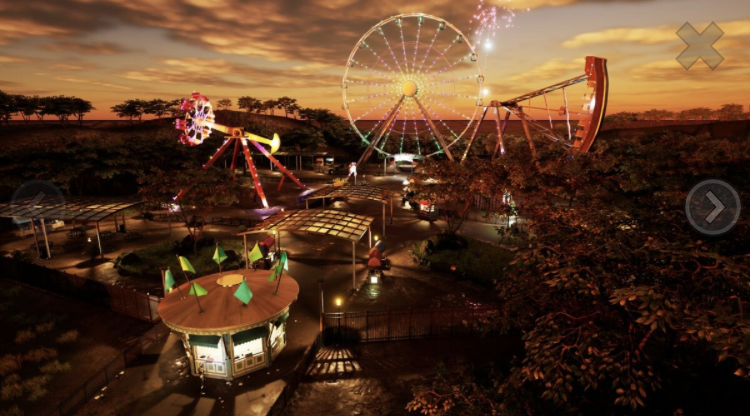erek
[H]F Junkie
- Joined
- Dec 19, 2005
- Messages
- 10,868
“NVIDIA has also announced a new set of ray tracing features that will be available in the NVIDIA Caustics branch of Unreal Engine 5, bringing path tracing to that same game engine. NVIDIA Caustics, as it is called, is a set of features in Unreal Engine 5 that includes ray tracing effects, including depth of field in translucent objects, something that is apparently pretty hard to do with traditional rasterization workflows.
NVIDIA released two videos showing a bit more information about the DLSS Frame Generation, Path Tracing, and Nsight developer tools in Cyberpunk 2077 and its Ray Tracing: Overdrive mode.
More information from NVIDIA should be available as the GTC 2023 kicks off later today.”

Source: https://www.techpowerup.com/306188/nvidia-previews-and-releases-path-tracing-sdk-at-gdc-2023
NVIDIA released two videos showing a bit more information about the DLSS Frame Generation, Path Tracing, and Nsight developer tools in Cyberpunk 2077 and its Ray Tracing: Overdrive mode.
More information from NVIDIA should be available as the GTC 2023 kicks off later today.”

Source: https://www.techpowerup.com/306188/nvidia-previews-and-releases-path-tracing-sdk-at-gdc-2023
![[H]ard|Forum](/styles/hardforum/xenforo/logo_dark.png)